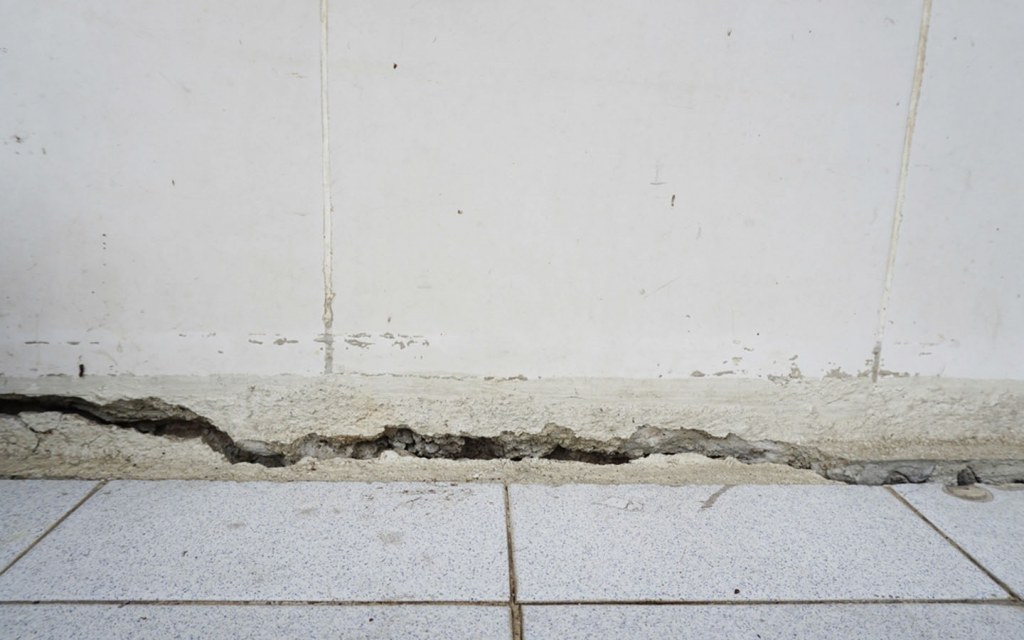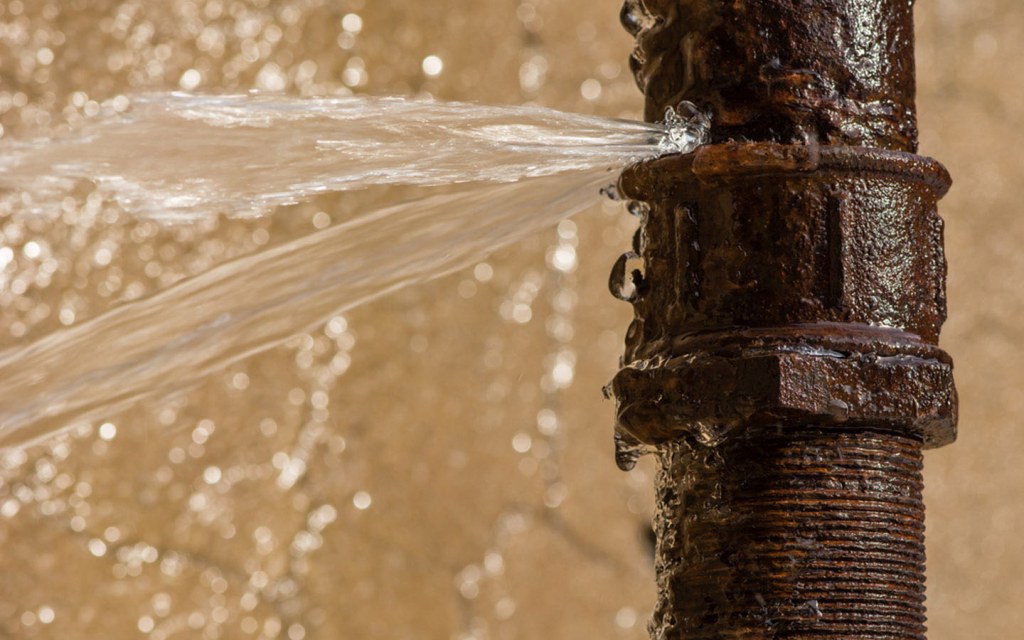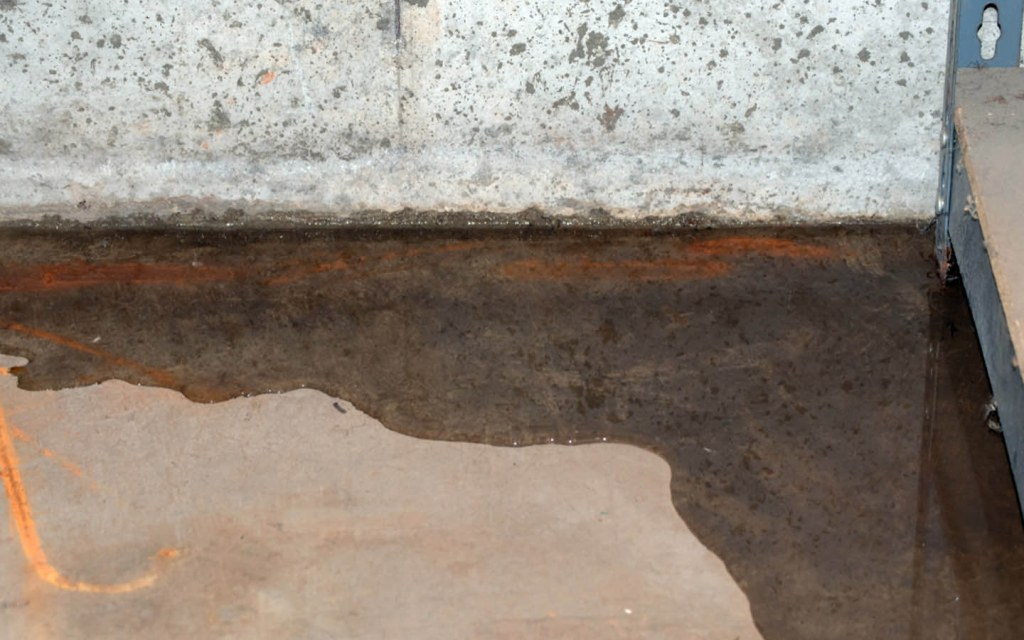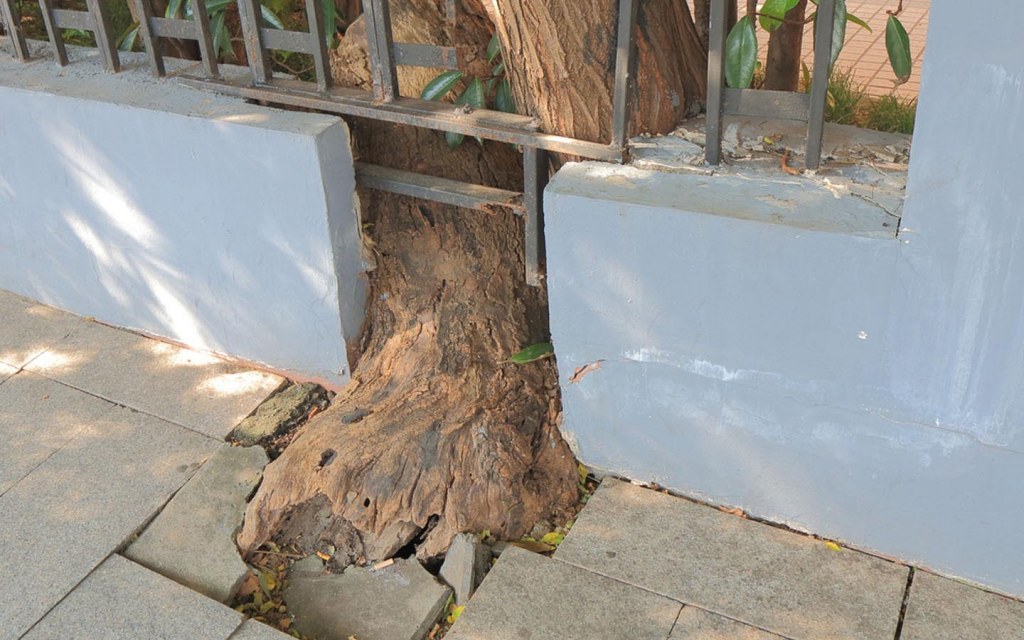Home » Construction » How to Maintain Your Home’s Foundations?
The biggest challenge that every homeowner faces at some point is how to maintain the property in a way that keeps it looking new and guarantees the best return upon resale. Easier said than done, right? We agree! One key criterion in a home inspection checklist that most buyers consider is the state of the foundations of the property, which are generally a good indicator of the stability of the structure itself. Thus, you need to maintain the foundations of your house as a priority.
How to Maintain the Foundations of Your House
There are some simple steps that you can take to maintain your home’s foundation:
- Inspect the House Regularly
- Check the Slope of the Plot
- Repair Plumbing Leaks
- Install a Proper Drainage System
- Watch the Water Levels
- Keep an Eye Out for Tree Roots
- Avoid Planting Close to the House
Let’s discuss these in detail now.
Inspect the House Regularly

Weak foundations can result in cracked walls and floor. This is a major telltale sign of structural damage and should get your immediate attention. Any gaps or cracks in the foundation not only make it difficult to resell the house but also make it vulnerable to the elements and potential collapse, risking the lives of your family. Make sure you take a walk around the house, particularly after the monsoon season, and carefully examine the section where the walls touch the ground. Other signs that you need to check for include bending walls, pest infestations, or peeling paint.
Check the Slope of the Plot
Homes are usually built uphill on uneven terrain, with the yard sloping downwards, away from the structure. This is primarily done to ensure that water flows downwards and away from the house in the rainy season, as water collecting around the house can potentially weaken the foundations. Thus, it is vital to check the slope or incline of the plot while buying or building a home. Even if it’s too late to back out of the deal, it is best to check the slope of the plot so you can consult an expert about all the possible measures you can take to maintain the foundations of your house.
Repair Plumbing Leaks

Another water-related concern that affects the integrity of your structure is a plumbing leak that leads to an excessive amount of water seeping into the foundations. While you can repair a number of plumbing issues on your own, any leaks that remain hidden behind the walls can cause significant damage to the foundations of your house over time. This is why you need to call a plumber immediately if you see water pooling on the ground with no justified cause, or face a lack of water pressure throughout your home. It is highly likely that a leak is escaping your attention and might result in major repairs down the road.
Install a Proper Drainage System

In line with the above, it is also essential to install and maintain a smooth functioning drainage system around the house so that pooling water does not seep into the ground and destabilise the structure. If you continue to find water pools around the house after a rainy spell, talk to your plumber or architecture about what can be done to build a drainage system that allows water to flow away from the house.
Watch the Water Levels
Having gone through the above points, you might think that having moist soil around the house is a bad thing, but that’s not exactly true. If your home is built on moist clay and you’re facing an arid spell in your region, the excessive dryness will also cause the concrete to split and result in cracks. This is when it is recommended to actually water the foundations so that you can avoid damaging it due to a lack of moisture. This means that too much water is harmful to the foundations of any home, but too little water can be just as bad.
Keep an Eye Out for Tree Roots

If you have large trees growing in your yard or garden, you’ll need to keep a sharp eye on the growth of their roots. Trees spread their roots underground, even breaking through solid concrete and causing it to crack if the tree is large enough. This means your lovely garden can actually threaten the structural integrity of your home if care is not taken to curb the growth of the plants closest to the house.
Avoid Planting Close to the House
When you’ve about to replant your garden, make sure that you plant the bushes and shrubs at a suitable distance from the walls. This particular tip works in two ways. It prevents excess water from the plants from draining into the ground near the foundation of your home, and in addition to that, it ensures that plant roots do not damage the foundations.
These are just some small measures that you can take to maintain the foundations of your house and ensure the safety of the residents. Cracked or damaged foundations can be a pain to repair, so protect the foundations and retain the sturdiness of your home for longer using the tips above.
Keep checking Zameen Blog for the latest posts and drop an email at blog@zameen.com with your feedback.



